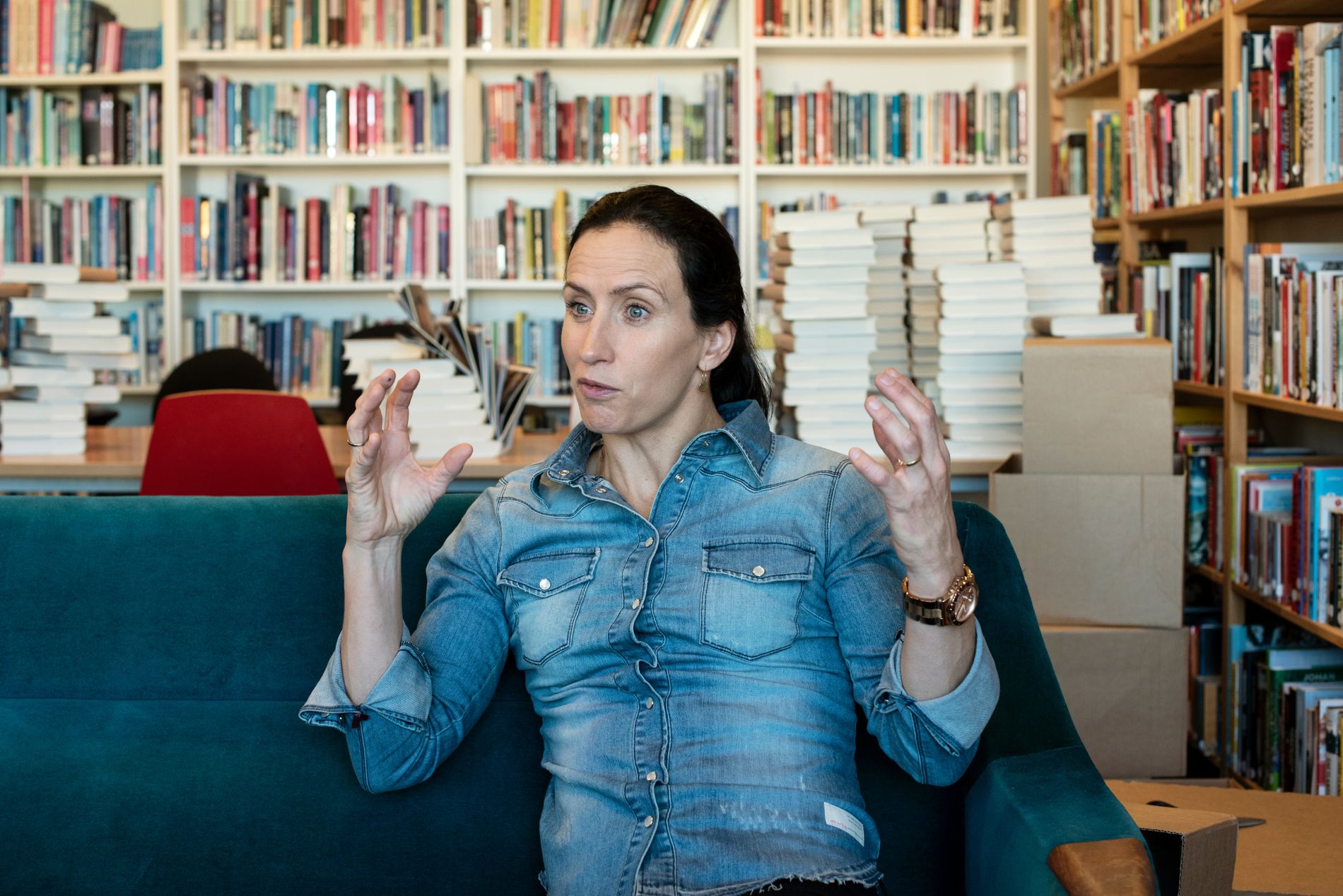OSLO CENTER (VG) Marit Bjørgen (41) cried and became nauseous when she was told that a doping test from her in the Lahti WC in 2017 contained a deviation.
–
In April, right after returning home from the Lahti World Cup with four golds, she thought she would lose everything. National team doctor Petter Olberg called. He asked where she was and if she was alone. She was at home with Fred Børre and her son Marius.
“Olberg said that he had received an inquiry from FIS (the International Ski Federation). The doping laboratory in Lahti had found a discrepancy in the sample she had taken after three miles in the World Cup. It was as if a claw grabbed her stomach and twisted around. She panicked “, writes Ingerid Stenvold in” Winner Heart “.
The book describes drama at home in Holmenkollen. Bjørgen cried, struggled to breathe and she was nauseous.
– It was absolutely damn good to get that phone, Bjørgen tells VG.
– I got a real lump in my stomach. Now they had been through it with Martin (Johnsrud Sundby) and Therese (Johaug) and I thought it was not possible.
She envisioned headlines in the newspapers, torrential rain at press conferences, hurt feelings and condemnation.
Bjørgen met VG together with author Ingerid Stenvold in the premises of the publishing house in central Oslo on Monday morning. She describes the feelings from the two weeks with the doping test deviation with great empathy and colors the situation as dark.
The urine sample contained traces of 19-norandrosterone. A performance-enhancing substance on WADA’s ban list.
The answer turned out to be that Bjørgen had used Primolut-N before and during the World Cup, three pills a day. It is a preparation used to delay menstruation, which is common among female athletes. In the book, Stenvold writes that the active ingredient norethisterone is converted and excreted in the urine as small amounts of the steroid 19-norandrosterone.
Primolut-N is a legal drug and she had put it on the list of drugs.
It had turned out on the test after three miles. The doctor thought it might have something to do with dehydration – that the concentration of the substance in the urine was greatest after the longest distance.
– I had to try to convey that “this has happened, but it will go well”. But the moment she heard that there was some result on a test, and with the Johaug case fresh in her mind, she was very frightened and trembling, says the then national team doctor Petter Olberg.
– Was it known that Primolut-N could turn out in a doping test?
– No, I was not prepared for that. Now there was another doctor who wrote that prescription, but I sat with her at all the doping controls in Lahti and saw that she had written it down. But I had not heard that it had affected tests before.
They spent three days formulating an explanation for the FIS. They waited two weeks for a response. Bjørgen describes it as a two-week long hell.
– It was restless, I slept badly and I was nauseous. I was just waiting for a phone call, she says.
The answer from FIS was that her explanations were consistent with the laboratory findings. The investigation was completed.
But the fear of doping had ruined some of the joy of sports.
– It was brutal to stand in it. The team around me tried to reassure me that this is what could happen, but I had never heard of it. Had I been more informed about it, they might have handled it better, says Bjørgen.
–


